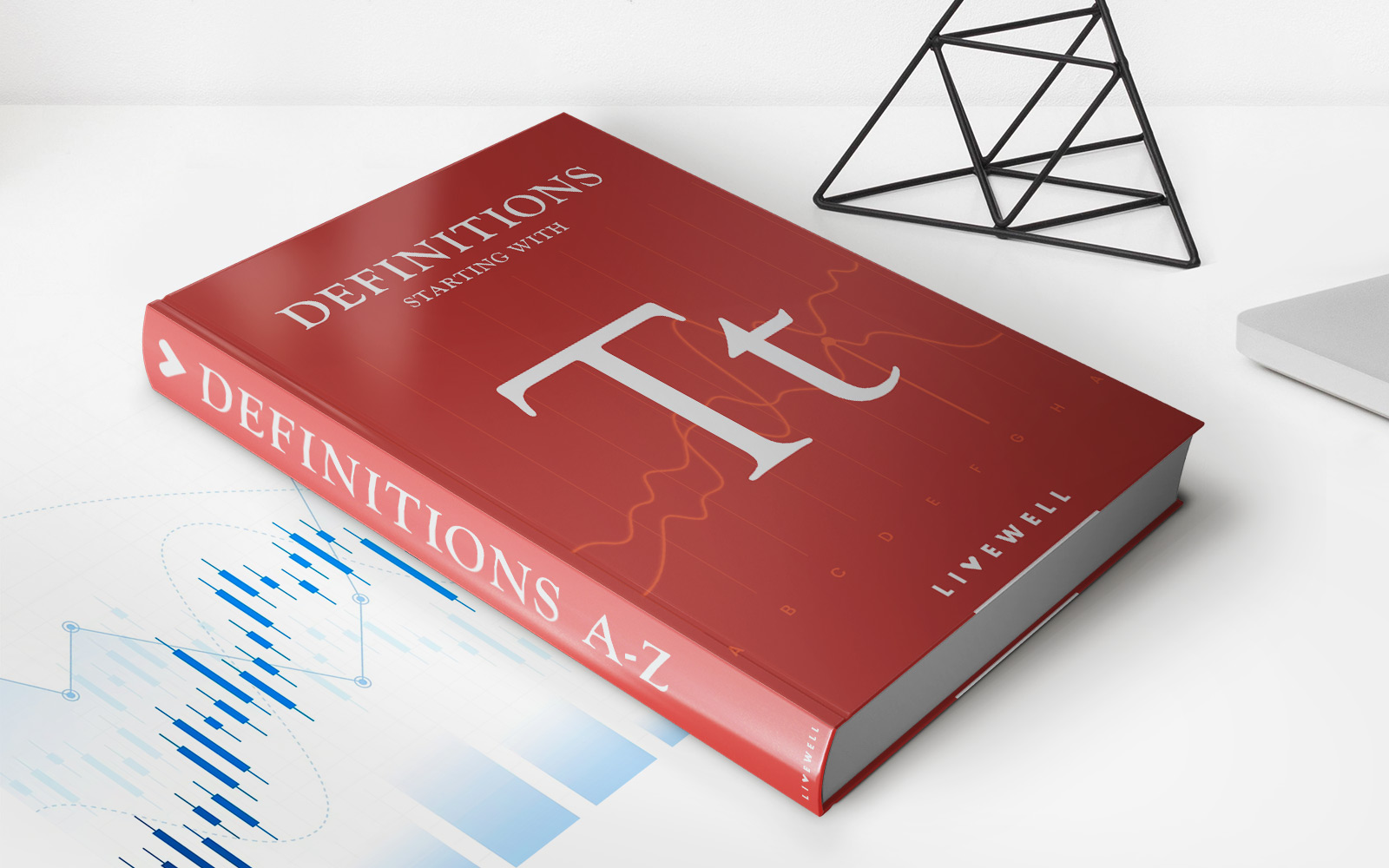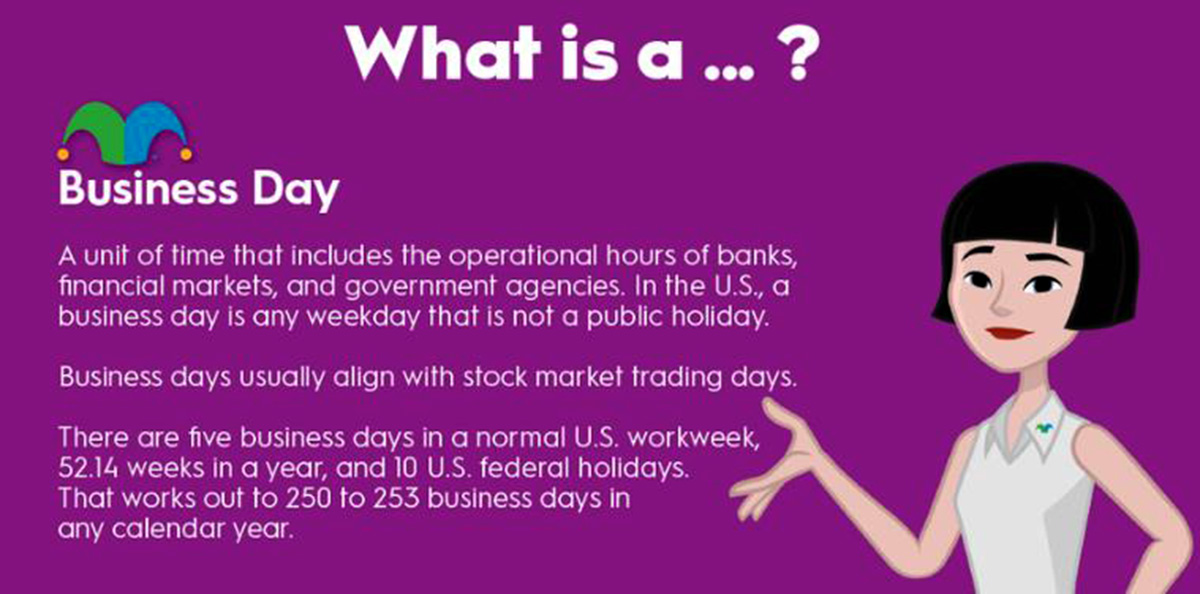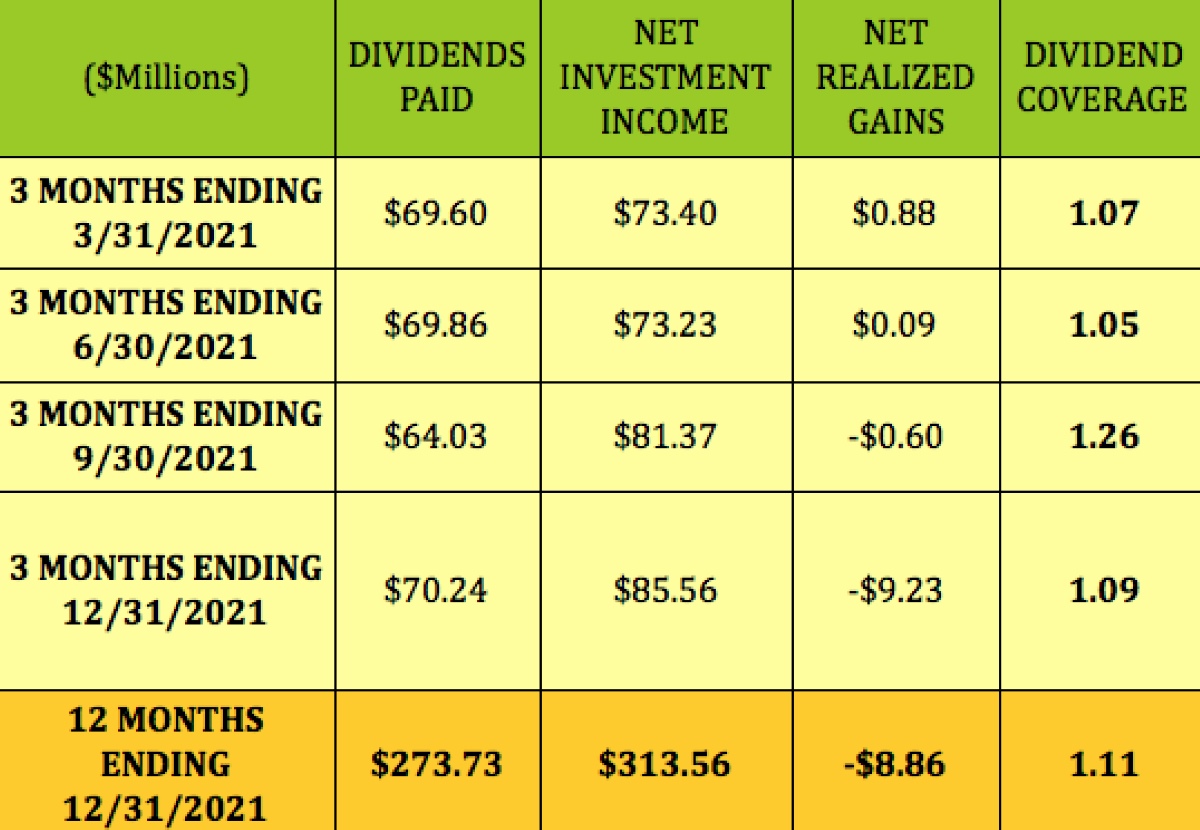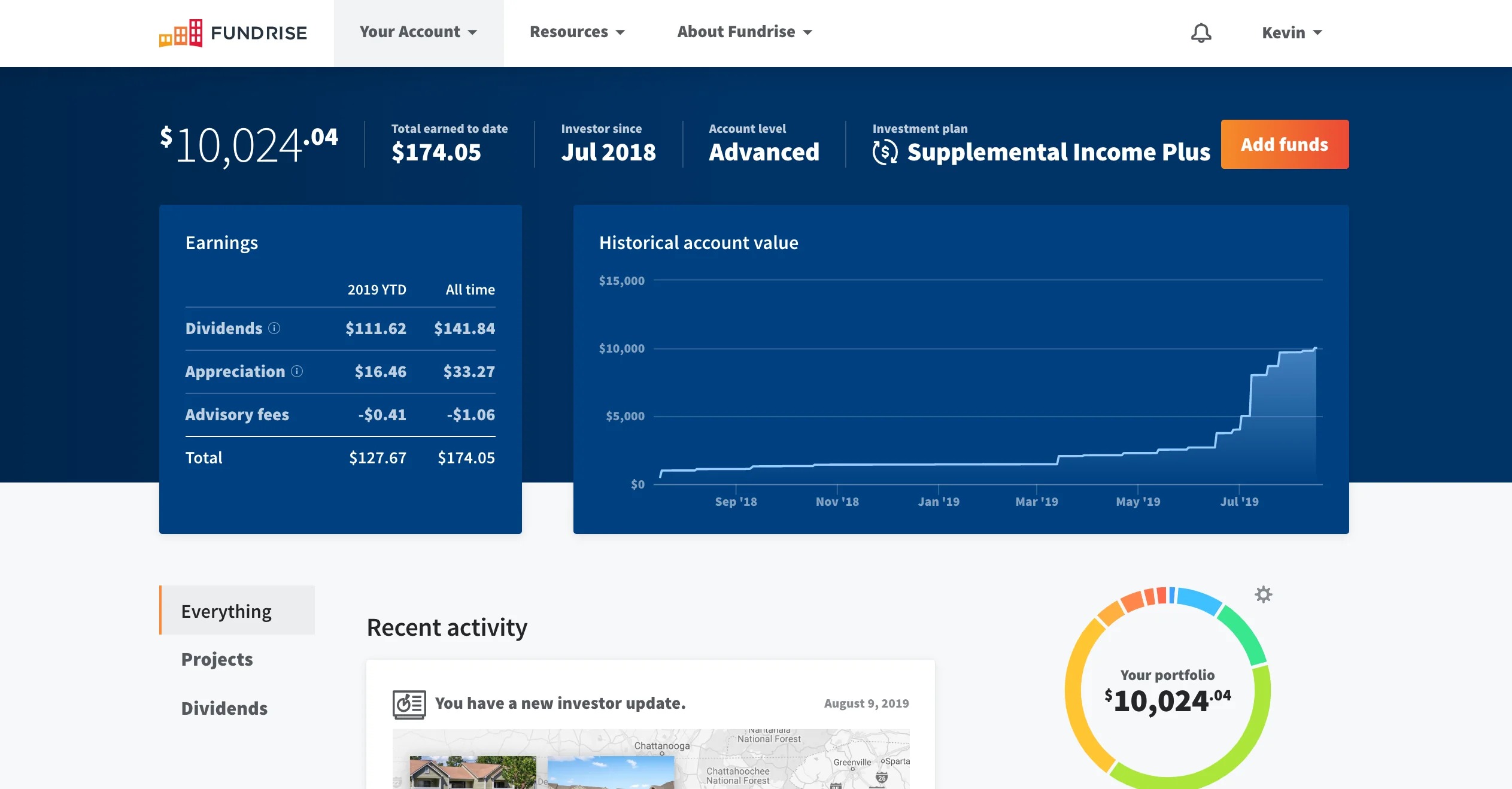

Finance
Time-of-Day Order Definition
Published: February 9, 2024
Learn the Time-of-Day Order Definition in Finance and how it impacts trading strategies. Discover how this order type can optimize your investment outcomes.
(Many of the links in this article redirect to a specific reviewed product. Your purchase of these products through affiliate links helps to generate commission for LiveWell, at no extra cost. Learn more)
Understanding Time-of-Day Order Definition: A Guide to Managing Your Finances
When it comes to managing your finances effectively, it’s important to have a clear understanding of various financial terms and strategies. From budgeting and saving to investing and planning for the future, there are a plethora of concepts to wrap your head around. Today, we’re diving into the world of finance and exploring an essential topic called Time-of-Day Order Definition. If you’re new to this term or simply looking to refresh your knowledge, this blog post is here to guide you through it.
Key Takeaways:
- Time-of-Day Order Definition is a trading strategy that allows investors to define the specific time of executing their trades.
- Using this strategy, investors can take advantage of price fluctuations throughout the trading day.
What is Time-of-Day Order Definition?
Time-of-Day Order Definition is a trading strategy that enables investors to specify the exact time when they want their trade orders to be executed. In traditional trading, orders are executed instantly or at the prevailing market price. However, with Time-of-Day Order Definition, investors have the flexibility to choose the most opportune time to execute their trades based on market trends and fluctuations.
Implementing a Time-of-Day Order Definition strategy requires careful analysis and understanding of market dynamics. By studying historical price patterns and market behavior, investors can identify specific time periods during the day when prices tend to be more favorable. This information can significantly impact the profitability of their trades.
Advantages of Time-of-Day Order Definition
Now that the concept of Time-of-Day Order Definition is clear, let’s explore some of its key benefits:
- Maximizing Profit Potential: By leveraging Time-of-Day Order Definition, investors can attempt to maximize their profits by executing trades when prices are most favorable. This strategy allows investors to capitalize on potential price fluctuations throughout the trading day.
- Reducing Market Risks: The ability to choose the timing of trade execution can help mitigate risks associated with sudden market fluctuations. By avoiding volatile periods, investors can better protect their investments and minimize the potential for losses.
- Enhanced Trade Planning: Time-of-Day Order Definition provides investors with a structured approach to their trading activities. By defining specific trade execution timeframes, investors can plan their trades accordingly and maintain overall trading discipline.
While Time-of-Day Order Definition can be a valuable tool in the investor’s arsenal, it’s essential to note that market conditions can change rapidly. Investors should continuously monitor market trends, news, and events that may impact the effectiveness of their chosen timeframes.
Conclusion
Time-of-Day Order Definition is a powerful trading strategy that allows investors to take control of their trade execution timings. By carefully analyzing market patterns, investors can optimize their trading activities and potentially improve their overall profitability. Keep in mind that this strategy requires thorough research and constant monitoring to adapt to changing market dynamics.
So, whether you’re a seasoned investor or just beginning your financial journey, understanding the ins and outs of Time-of-Day Order Definition can help you make informed decisions and manage your finances more effectively.














